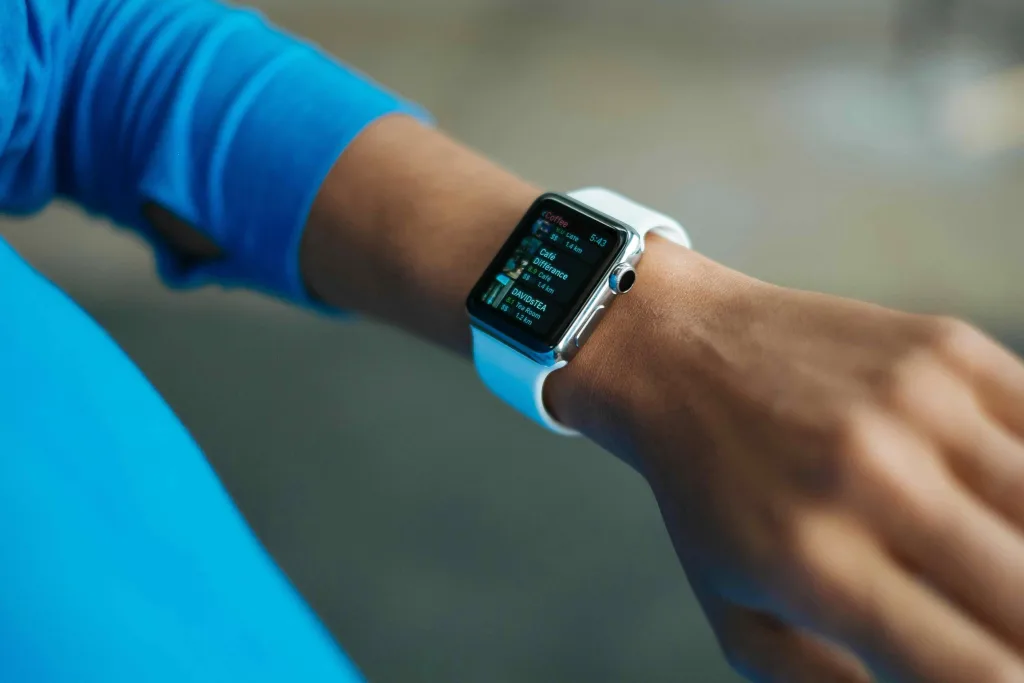Introduction
Managing Chronic Kidney Disease (CKD) can be particularly complex for older adults due to age-related challenges and other health conditions. However, advancements in medical technology, artificial intelligence (AI), robotics, and alternative medicine are opening new doors for improved care and management. This page explores the latest trends and innovations that are shaping the future of CKD management for older adults, offering hope and better outcomes. For more State of the Art and proven tips visit Chronic Kidney Disease For Older Adults
Artificial Intelligence and Machine Learning
AI and machine learning are revolutionizing CKD diagnosis, management, and treatment by providing:

Predictive Analytics:
AI-powered systems analyze patient data to predict disease progression, enabling early intervention.
These tools help doctors identify risk factors specific to older adults, such as comorbidities like diabetes and hypertension.
Personalized Treatment Plans:
Machine learning algorithms suggest tailored treatment regimens by analyzing genetic, lifestyle, and medical history data.
This reduces trial-and-error in medication and dietary planning, which is crucial for older patients with complex needs.
Innovations in Robotics
Predictive Analytics:
- AI-powered systems analyze patient data to predict disease progression, enabling early intervention.
- These tools help doctors identify risk factors specific to older adults, such as comorbidities like diabetes and hypertension. Find more about how these conditions can be prevented at Healthy Eating for Chronic Kidney Disorder.
Personalized Treatment Plans:
- Machine learning algorithms suggest tailored treatment regimens by analyzing genetic, lifestyle, and medical history data.
- This reduces trial-and-error in medication and dietary planning, which is crucial for older patients with complex needs.
Remote Monitoring:

AI-driven wearable devices monitor vital signs, blood pressure, and kidney function, providing real-time data to healthcare providers. wearable watches and sensors can potentially help CKD patients by enabling continuous monitoring of vital signs like blood pressure, heart rate, and sometimes even specific biomarkers through sweat or interstitial fluid, which can be crucial for managing the disease and detecting complications early on; this allows for better informed treatment decisions and improved patient self-management.
These devices reduce the need for frequent clinic visits, making them ideal for older adults with mobility challenges.
Robotics are making waves in CKD treatment and care by addressing physical and logistical barriers faced by older adults.
- Robotic Dialysis Assistance:
- New robotic systems simplify home dialysis, ensuring safety and efficiency.
- Automated machines manage tasks like fluid exchange, reducing caregiver burden.
- Surgical Precision:
- Robotic-assisted surgeries for kidney-related complications offer higher accuracy, shorter recovery times, and fewer complications.
- Elder Care Robots:
- Companion robots help people manage medications and provide reminders for hydration and dietary restrictions.
- Some robots even assist with mobility and daily tasks, improving overall well-being.
Advances in Treatment Options
- Bioengineered Kidneys:
- Scientists are developing lab-grown kidneys using stem cells and 3D printing, offering a potential solution for transplant shortages.
- Precision Medicine:
- Genetic testing allows for treatments tailored to an individual’s unique biology, improving effectiveness and reducing side effects.
- Pharmaceutical Innovations:
- New classes of medications, such as SGLT2 inhibitors, not only manage diabetes but also slow CKD progression.
- Regenerative Therapies:
- Stem cell research aims to regenerate damaged kidney tissues, potentially reversing CKD.
- Wearable Kidneys:
- The concept of a wearable kidney is in its experimental stages. It represents a groundbreaking approach to providing portable dialysis treatment for patients with Chronic Kidney Disease (CKD), including older adults. Wearable kidneys aim to mimic the functions of a natural kidney, allowing for continuous dialysis and better quality of life by reducing the need for traditional, stationary dialysis sessions.
Alternative and Complementary Medicine
For older adults, alternative medicine can sometimes complement traditional treatments. However, these should always be discussed with a healthcare provider.
- Herbal Remedies:
- Certain herbs, such as nettle leaf and dandelion root, are believed to support kidney health. Clinical evidence, however, is limited.
- Acupuncture:
- Acupuncture may help reduce CKD symptoms like nausea and improve overall well-being.
- Dietary Supplements:
- Omega-3 fatty acids and antioxidants are being studied for their potential to reduce inflammation and oxidative stress in CKD patients.
Note: While alternative approaches may offer additional benefits, they are not a replacement for evidence-based medical treatments.
New Trends in Patient-Centered Care
- Telemedicine:
- Virtual consultations allow older adults to receive expert advice without leaving home, reducing stress and exposure to infections.
- Patient Portals and Apps:
- Digital platforms track medication, diet, and lab results, empowering elders to take an active role in their care.
- Community-Based Programs:
- Group support and education programs tailored for older adults with CKD are gaining popularity, providing social interaction and knowledge.
Challenges and Future Directions
Despite these advancements, challenges remain:
- Limited access to cutting-edge technologies in rural or underserved areas.
- High costs associated with advanced treatments like bioengineered kidneys or robotic systems.
- A need for more clinical trials focusing on older adults.
However, ongoing research and innovation continue to bring hope for more accessible and effective solutions.
External Resources
For more information on these trends and innovations, explore these trusted resources:
- National Kidney Foundation
- American Society of Nephrology
- Centers for Medicare & Medicaid Services – CKD
- Mayo Clinic – Kidney Disease Innovations
- World Health Organization – Kidney Health
Join The Conversation: Chronic Kidney Disease For Older Adults, share your experiences and learn from others in the community.